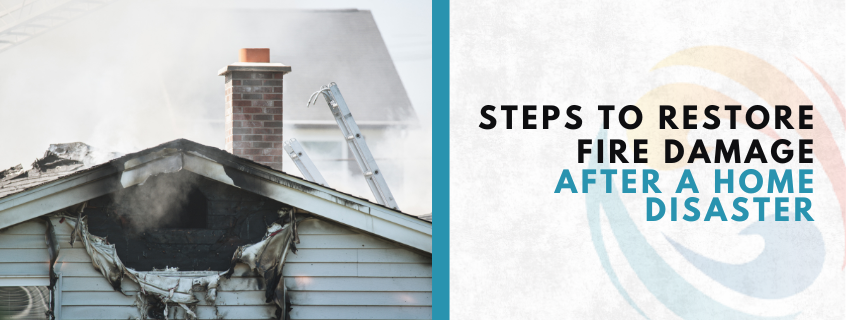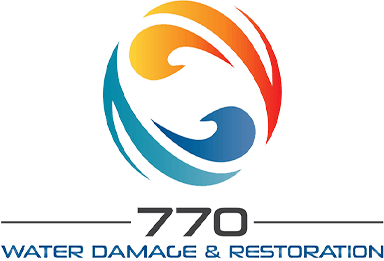
Waking up to a house fire is a nightmare no one wants. The smoke, the heat, the destruction—it all happens so fast. But once the flames are out, reality sets in. What do you do next? That’s where the steps to restore fire damage become so important. Knowing what to do can help you stay calm, take action, and get your home—and life—back to normal.
After a fire, most people feel overwhelmed. There’s the smell of smoke in the air, blackened walls, water-soaked carpets, and important memories turned to ash. But don’t worry—help is out there. And even if things seem really bad, recovery is possible. You just need to take the right steps and work with trusted professionals.
The First Steps to Restore Fire Damage Right Away
When the fire trucks are gone and the smoke has cleared, the first thing you need to do is make sure your family is safe. After that, it’s time to start cleaning up and rebuilding. These first actions are the most important steps to restore fire damage, and they should be taken as soon as it’s safe.
Here’s what you should do right after a fire:
- Contact your insurance company – Report the fire damage and ask what’s covered. They may help with temporary housing or emergency services.
- Call a fire restoration expert – Don’t try to clean up everything yourself. Trained professionals can safely remove smoke and water damage, repair structural issues, and protect your home from further harm.
- Secure your property – Broken windows or doors can invite weather damage or theft. Use boards or tarps to cover openings.
- Document the damage – Take photos and make a list of what’s been damaged or lost. This will help with insurance claims.
If the fire also caused water damage, acting quickly is even more critical. You might consider trusted water restoration experts who can deal with flooding, mold, and more—all common after fires.
Cleaning Up: Essential Steps to Restore Fire Damage Properly
Cleaning after a fire isn’t just about getting rid of soot. It’s about making your home livable again. The steps to restore fire damage during cleanup involve removing smoke odor, replacing ruined items, and fixing water damage from firefighting efforts.
The cleanup process usually involves:
- Removing debris – Burned materials like furniture, drywall, and insulation must be taken out.
- Drying out the home – Fire hoses often leave behind soaked carpets and floors.
- Cleaning smoke and soot – These fine particles stick to everything—walls, ceilings, floors, and even inside your HVAC system.
- Deodorizing the space – Special equipment like ozone machines or thermal foggers may be used to get rid of smoky smells.
- Air scrubbing – This filters harmful particles from the air.
Smoke damage can go deep into surfaces, even ones that look okay on the outside. That’s why deep cleaning is one of the most essential steps to restore fire damage—it protects your family from harmful toxins and makes your home feel fresh again.
Repairs and Restoration: Final Steps to Restore Fire Damage
After the mess is cleaned up, it’s time to start repairs. This part of the process brings your home back to life. Some repairs might be small—like repainting or replacing cabinets. Others could involve major construction. Either way, these final steps to restore fire damage are all about rebuilding what was lost.
A typical fire damage restoration might include:
- Replacing drywall and insulation
- Repainting walls and ceilings
- Fixing floors and tiles
- Installing new cabinets and countertops
- Restoring damaged electrical and plumbing systems
If your home had unique features like wood paneling, you may want to restore those with matching styles. Some people even take this as a chance to update or remodel parts of their home.
Here’s a quick comparison table of common restoration tasks and their typical timeframe:
| Task | Estimated Time |
|---|---|
| Smoke removal & deodorizing | 1–3 days |
| Drywall repair | 2–5 days |
| Painting and finishing | 3–7 days |
| Full reconstruction | 1–3 months (varies) |
The steps to restore fire damage don’t end when the repairs are finished. You’ll also need to review your home’s fire safety features—smoke alarms, escape routes, and more—to make sure this doesn’t happen again.
Staying Positive During the Steps to Restore Fire Damage
A fire can shake up your life in big ways. But as you move through the steps to restore fire damage, it helps to focus on progress—one step at a time. Each repair brings you closer to home.
You don’t have to do this alone. Experts can help with every stage, from emergency services to final reconstruction. They also understand how to handle insurance claims, city permits, and health concerns that come with smoke and mold exposure.
And here’s a helpful checklist of things to remember during restoration:
- Secure your property immediately
- Contact insurance and document everything
- Hire certified fire restoration professionals
- Don’t touch damaged items unless told it’s safe
- Focus on one room at a time if it’s overwhelming
- Keep receipts and records of all repairs
Final Thoughts on the Steps to Restore Fire Damage
Going through a fire is hard, but the road to recovery is manageable when you break it down into small, clear actions. The steps to restore fire damage involve safety, cleanup, repair, and rebuilding—not just the house, but also your sense of normal.
By taking it one task at a time and working with experienced professionals, you can turn this difficult event into a fresh start. And remember—while your house may need work, your home is still there. It’s in the memories, the love, and the people who help you rebuild it.
Frequently Asked Questions (FAQs)
1. What should I do first after a house fire?
The first thing you should do is make sure everyone is safe and then contact your insurance company right away. After that, call a certified fire damage restoration expert who can inspect your home, help secure the property, and start the cleanup process as soon as it’s safe.
2. Can I clean up the fire damage myself?
It’s not recommended. Fire damage often includes smoke, soot, and water that can be harmful to your health if handled improperly. Professionals have the right equipment to safely remove debris, clean surfaces, and prevent mold or toxic buildup.
3. How long does it take to restore a fire-damaged home?
It depends on the extent of the damage. Minor repairs and smoke cleanup might take a few days, while major rebuilding can take several weeks or even months. A fire restoration team will give you a timeline after inspecting the property.
4. Will my insurance cover fire damage restoration?
In most cases, yes. Homeowner’s insurance usually covers fire damage, including cleanup, repairs, and even temporary housing. Be sure to check your policy and talk to your insurance adjuster as soon as possible to understand what’s included.
5. How do I get rid of the smoke smell in my home?
Smoke odors can stick around long after the fire is out. Restoration pros use special equipment like air scrubbers and ozone machines to remove smoke particles from the air and surfaces. This is one of the key steps to restore fire damage completely and make your home livable again.


